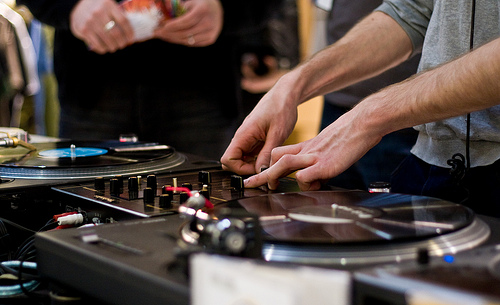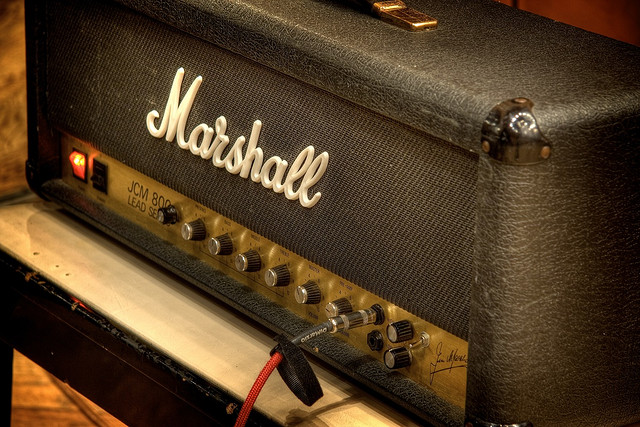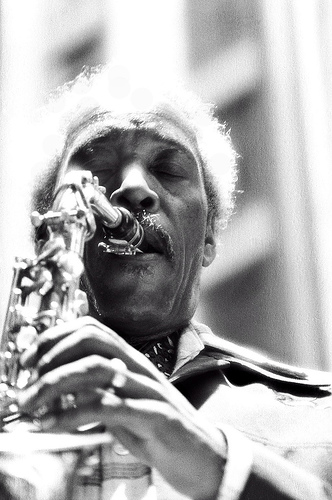If you’re a musician making your first foray into the often scary world of recording, getting your music mixed and remixed can be a stressful experience. Hugely creative musicians that have created expressive pieces of music that include elaborate arrangements layered together can find it borderline impossible to achieve the desired result.

Most musicians will find finances tight when first starting out, so what are the available options for taking care of remixing?
Trying Out Software
Those thinking they’d like to mix their own music can find a wide range of software available online. Several free options are available for download, although many of these may have limited features until you cough up a hefty subscription fee or buy a full licence. Total novices when it comes to mixing and remixing may find they can achieve everything they want through a basic and limited platform. At the very least, they’ll be able to play around and understand more of the nuances of mixing and remixing, which will prove useful knowledge for the future.
Musicians with money to spend might opt for a premium software. As well as software downloads, most leading music stores will offer remixing software, and many will have in-house experts and options to try out demo versions prior to making a purchase.
Music Radar produced this feature in summer 2015 that looks at some of the best options available.
Use Someone You Know
As musicians, we all know how the business works. Like many aspects of work and life, we probably all know someone who knows someone else who can help us out. Think about who’s in your network and go from there. Ask around the next time you’re in the studio, or even just hang around and see what’s happening. There’s always an opportunity to start a conversation.
Head back to the music store, too, as people working there don’t see it as “just a job” 99% of the time; they’re music enthusiasts like you and I and are probably involved with someone who can help you.
The final option is to utilise the social following you’ve undoubtedly been building. A simple shout out and request for help may open dozens of doors.
Collaborate Online
The internet is the world’s biggest marketplace. Whether utilising a generic marketplace platform or something specific to the music industry such as Meet & Jam, there are several opportunities to meet others and discover people that can help. The beauty of the music industry is that there are plenty of opportunities for getting what you need done free if you can provide something in return. Spending a couple of hours having fun playing a solo for a sound engineer is well worth it against the likely cost of having a track professionally mixed.
Remixing When Starting Out
Not having much money doesn’t mean doors are closed when it comes to moving forward with music. Consider the options available and which ones might work for you. Combining them might prove advantageous depending on what you’re looking to achieve, so have fun discovering what works for you.










